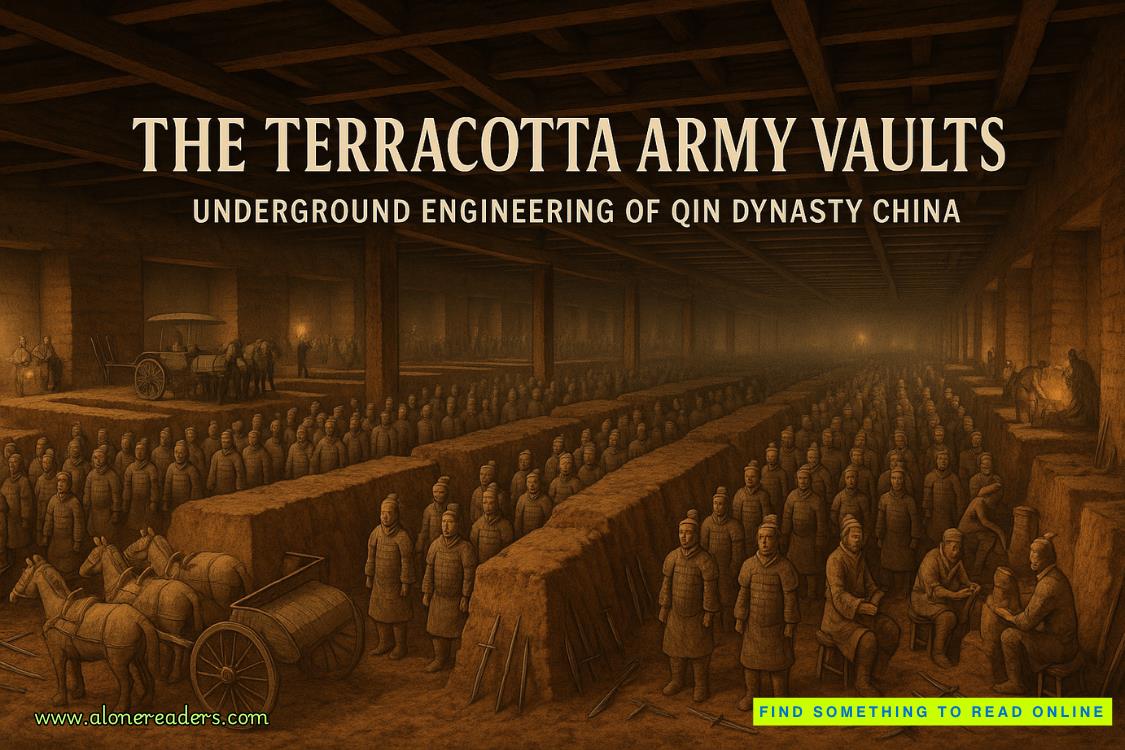“Good luck on St. Marks, Mr. Barrington.” She turned and walked out the way she had come in.
“I must go,” Will Lee said, shaking Stone’s hand. “And by the way, the woman you just met was entirely imaginary, too. Have a seat; someone will come for you.”
The president followed his wife out the door, closing it behind him.
Stone stood in the center of the Oval Office, alone with its ghosts. He recognized the President’s desk as the one John Kennedy had used, and he remembered a photograph of John-John playing under it. He took in the portraits and the model of a yacht on one side of the room, and the rug under his feet with the Great Seal of the United States woven into it.
Then the door through which he had entered opened and Lance Cabot walked in.
“Oh, shit,” Stone muttered to himself.
3
Lance smiled and extended a hand. “So nice to see you, Stone.”
Stone had not seen Lance for several months, and that had been all right with him. Every time he saw Lance he found himself in the middle of some sort of problem, and it seemed to be happening again. He shook the hand. “Hello, Lance,” he said. “What the fuck am I doing in the Oval Office, about to go to St. Marks?”
Lance arranged himself in a chair and motioned for Stone to sit. “Relax, Stone, all is about to be revealed.”
Stone couldn’t wait. “Please start revealing.”
“Have you ever heard of a man named Teddy Fay?”
“Of course; everybody’s heard of him. He killed several right-wing political figures a couple of years ago, and when they were about to catch him, he killed himself by exploding the small airplane he was flying.”
“You’re half right,” Lance replied.
“Which half?”
“The first half. Teddy didn’t die in the aircraft explosion. He got out, made his way to New York and spent some time last year killing Middle Easterners whom he believed to be enemies of the United States.”
“That was Teddy Fay?”
“Indubitably, it was.”
“Was he the guy who died in the collapse of the building he bombed, then?”
“Not quite. At the time there was every indication that the body found in the ruins of the building was that of Teddy, but a woman who had reported her homeless father missing gave the NYPD a DNA sample last week, and it matched that of the body we found.”
“So Fay is still alive?”
“I’m afraid we don’t know, but we have no conclusive evidence that he’s dead.”
“And what does this have to do with my going to St. Marks?”
“Let me begin at the beginning, Stone, since there’s a lot you may not know about Teddy from press reports.”
“Please do.”
“Theodore Fay was a career employee of the CIA, joining in his twenties and retiring at age sixty-five. He worked in Technical Services, which is the rather bland name of the department that supplies all sorts of things to agents going into the field: clothing, disguises, false passports, driver’s licenses, insurance cards, credit cards and other documents an agent requires to establish a legend-that is, a false identity-in the field. The department also supplies weapons-some of them quite exotic-communications equipment and, well, you get the picture.”
“I do. What did Teddy do there?”
“Teddy, over the course of his long career, did everything. He was the most skilled technician and inventor the Agency has ever employed. Twice, he was offered the job of heading his department, and he turned it down both times, because he enjoyed his work too much to become a manager.
“For the last twenty years of his career Teddy ran one of several teams that supplied the tools of their trade to, for want of a better word, spies. He was expert in virtually every area of his work, and he trained other specialists.”
“So that would make him able to change his own identity with documents, et cetera, with some ease?”















